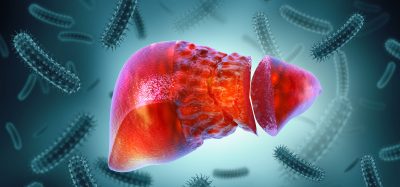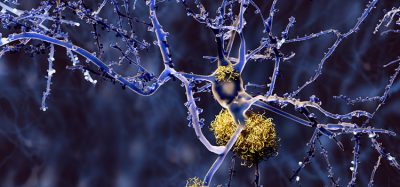Universal influenza vaccine protects mice against multiple strains of flu
Posted: 8 January 2020 | Hannah Balfour (Drug Target Review) | No comments yet
A new double-layered nanoparticle vaccine protected mice against six strains of the flu and may provide the basis for the first universal vaccine against seasonal influenza, according to research.


Researchers from the Institute for Biomedical Sciences at Georgia State University, US have produced a novel nanoparticle vaccine that combines two major influenza proteins and provided mice with long-lasting protection against six different influenza strains.
The double-layered nanoparticle vaccine contains the influenza virus proteins matrix protein 2 ectodomain (M2e) at its core and neuraminidase (NA) as a coating. M2e is expressed by all influenza virus strains and each has a very similar version. The protein NA is found on the surface of influenza virus. Both proteins have mutated at a reduced rate compared to other viral proteins.
In the study, mice were exposed to one of six influenza virus strains after receiving the nanoparticle vaccine by intramuscular injection. The vaccine gave the recipients long-lasting immune protection, which was unchanged against viral challenges up to four months after immunizations.
“It’s important to mention that a lot of flu vaccines haven’t focused on NA before,” said Gilbert Gonzalez, co-author of the study and lab manager in Dr Bao-Zhong Wang’s lab in the Institute for Biomedical Sciences. “NA is becoming a more important antigen for influenza vaccine research. Previously, it had been ignored or discounted because hemagglutinin (HA) is much more dominant. When you get a flu infection, your body reacts to the HA.”
So far HA has not yielded a successful universal vaccine against influenza, as it mutates far too quickly and so vaccines must be changed seasonally to be effective.
“This nanoparticle antigen combination conferred mice with strong cross protection,” said Ye Wang, first author of the study, working in Dr Bao-Zhong Wang’s lab in the Institute for Biomedical Sciences. “It can protect mice from different strains of influenza virus. Each season, we have different flu strains that affect us. By using this approach, we hope this nanoparticle vaccine can protect humans from different strains of influenza virus.”
The researchers plan to load this double-layered nanoparticle vaccine onto microneedle patches for skin vaccination, to see if it could be a possible universal vaccine in future.
Findings published in Advanced Healthcare Materials.
Related topics
Disease Research, Drug Development, Nanoparticles, Research & Development, Therapeutics, Vaccine
Related conditions
Influenza
Related organisations
Georgia State University Institute for Biomedical Sciences
Related people
Dr Bao-Zhong Wang, Gilbert Gonzalez, Ye Wang








